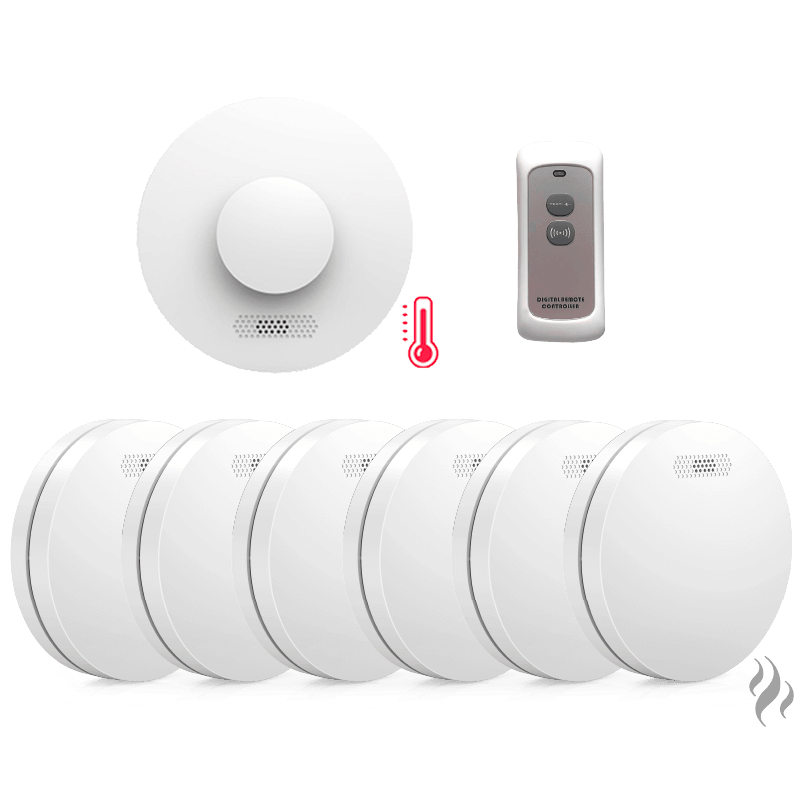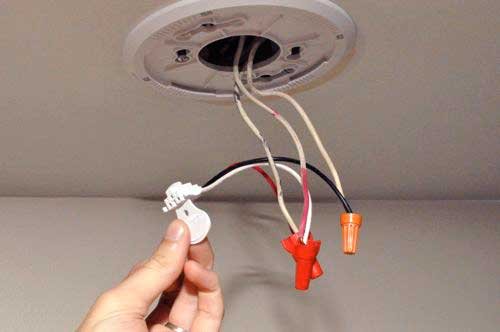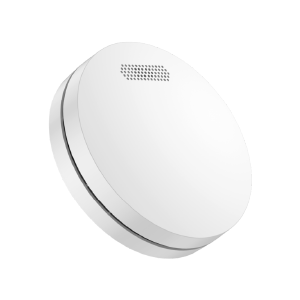There are many different appliances in the home that people rely on to work correctly. One appliance is the kettle, which most of us can turn off and prove it's working with a flick of a switch and watch as the water boils before our eyes, but this isn't always true for fire alarms because they operate passively by waiting until there is an emergency. In this post, we're going to teach you how to tell if your fire alarm system is working correctly or not. It's important that you know these details because it could save your home and even your life!
Different Types Of Alarm
Before we go any further, it's important you understand that there are three different types of fire alarms you should be aware of: 1) smoke detectors 2) heat detectors and 3) carbon monoxide detectors. Each has its own job so in order for you to understand what's working and what's not, you need to know what they do.
Smoke Detectors
You may have heard the expression "there's no smoke without fire" and that is really the basis for using these devices. Smoke detectors are really the first line of defence to protect your home from the devastating impact of fire. When tiny particles in smoke trigger the device, an alarm will go off so you know to take action!
Heat Detectors
In some scenarios where smoke is unavoidable such as in the kitchen or your garage, having a smoke alarm fitted will trigger false alarms which can be very annoying. This is where a heat detector comes in handy. Instead of going off when particles are detected, these devices instead monitor rapid changes in temperature - another key sign that a fire could be imminent (or actually happening).
Carbon Monoxide Detectors
Although these devices actually aren't related to the monitoring of fires, they are very closely related which is why we felt it was important to include them in this article. Carbon Monoxide is a poisonous gas that is both invisible and has no smell which makes it very difficult to detect by humans - unlike fire which is hot and smokey. Carbon Monoxide detectors trigger upon the detection of this gas and therefore, should be placed adjacent to any gas-burning appliance.
Make sure that you place the right alarm in the right location.
In Scotland, it will soon be mandatory to have smoke detectors in your living area and also your hallway. A heat detector must be placed in the kitchen. These devices must be linked together so that if one goes off, they all go off. Additionally, carbon monoxide detectors must be placed in any room where there is a gas appliance.
Alarm Placement
While you may get the room right, it's also important that you put the alarms in the right location in these rooms. Smoke detectors and heat detectors should be fitted on the ceiling in the centre of the room. Carbon Monoxide should be placed on the wall near your gas appliance.
Turning on the device
This may sound simple and we don't mean to patronise you, but many people buy fire alarms and fit them to the ceiling without turning them on. Although this may make them feel safe by seeing that the fire alarm is now living there, it's going to do no good if it's not switched on! Every brand has different methods of turning on their device so it's important to read the instructions as soon as they arrive.
Interlinking the alarms
It's one thing knowing that your alarms are turned on, but it's another entirely getting them to link up so that they go off at the same time. Again, each brand has different set-ups so ensure you read their instructions and test them out before attaching them anywhere.
Looking for a new fire alarm?
If you're in the market for a new fire alarm system, you're in the right place. At FireGuardPlus, we offer easy to install fire alarm bundles that are perfectly suited to comply with the new Scottish Legislation.
Want to take a closer look at our packages? Just click here.









